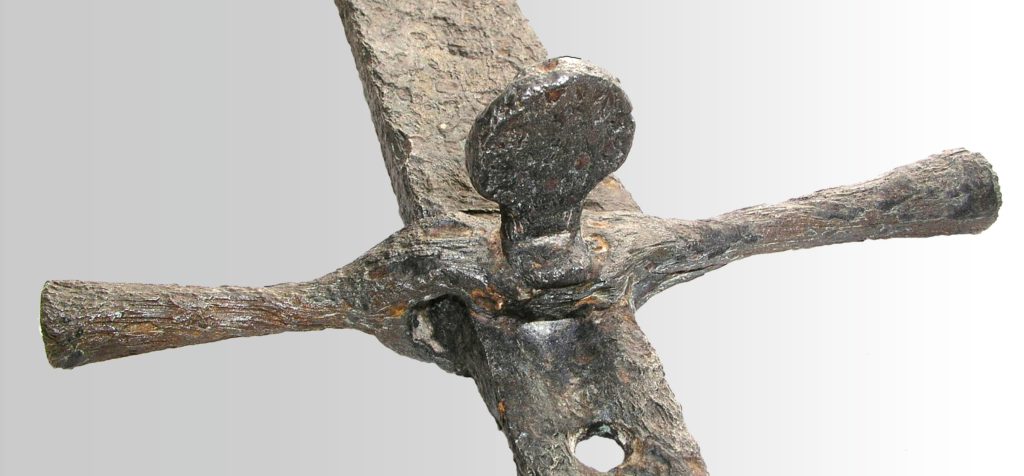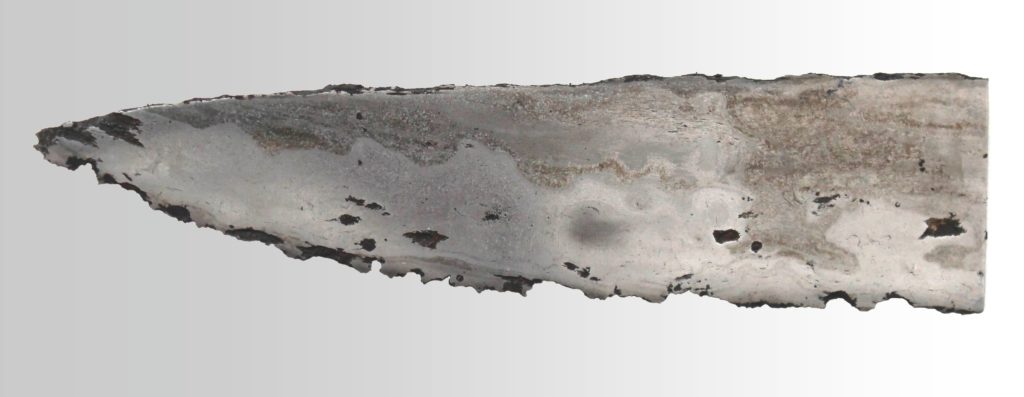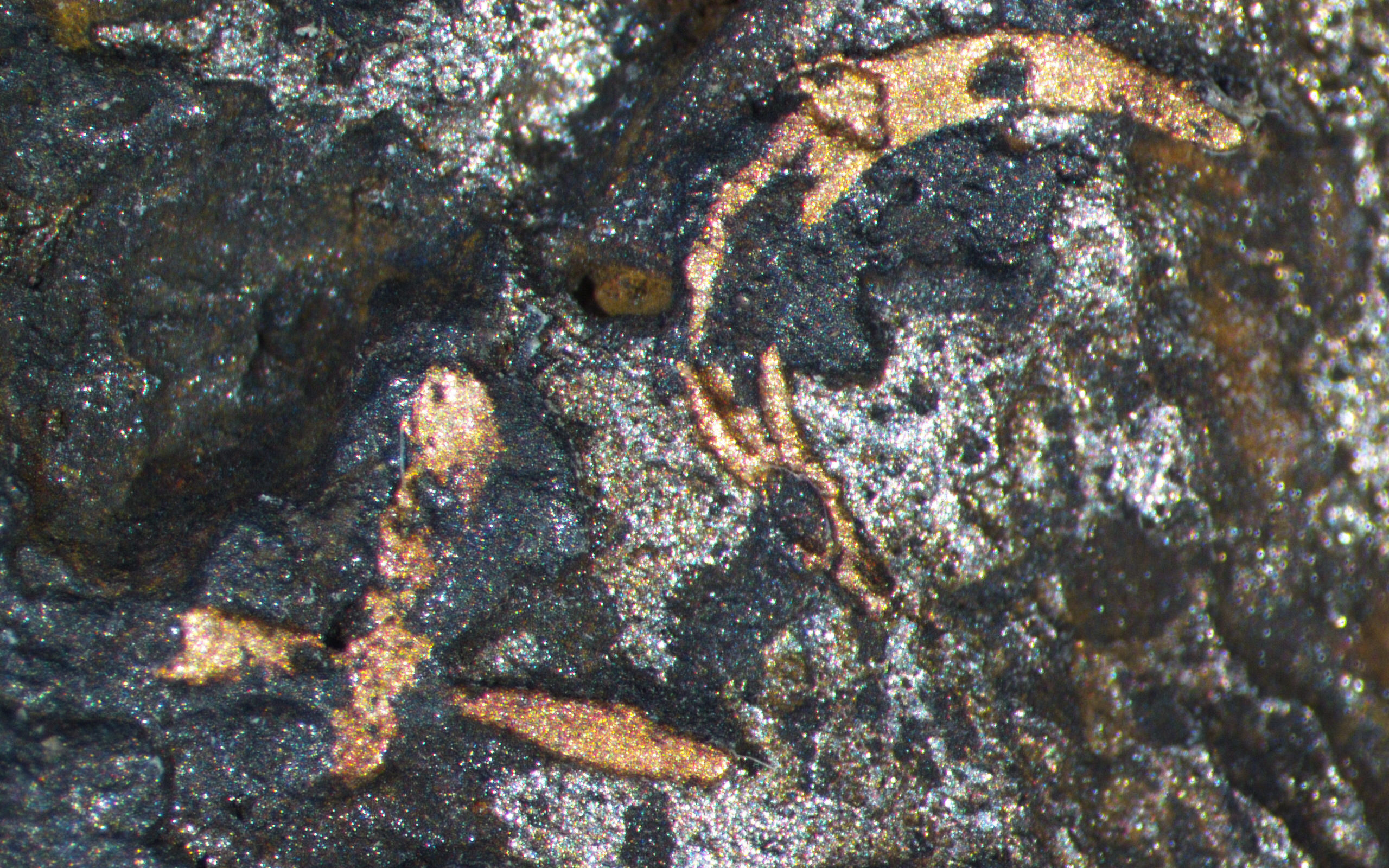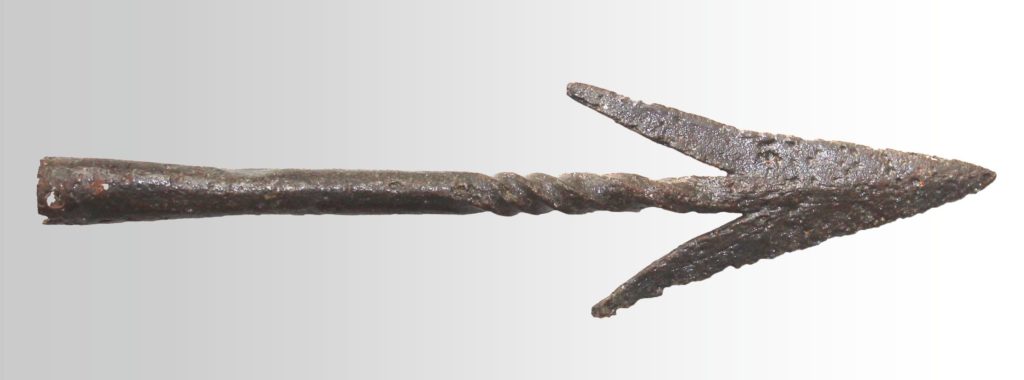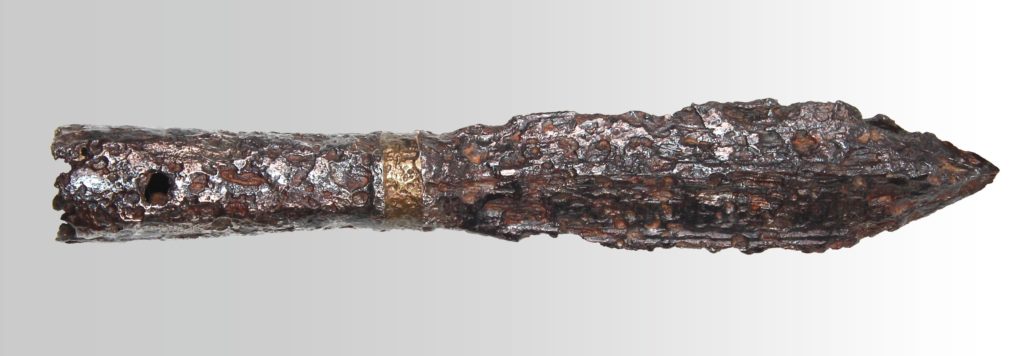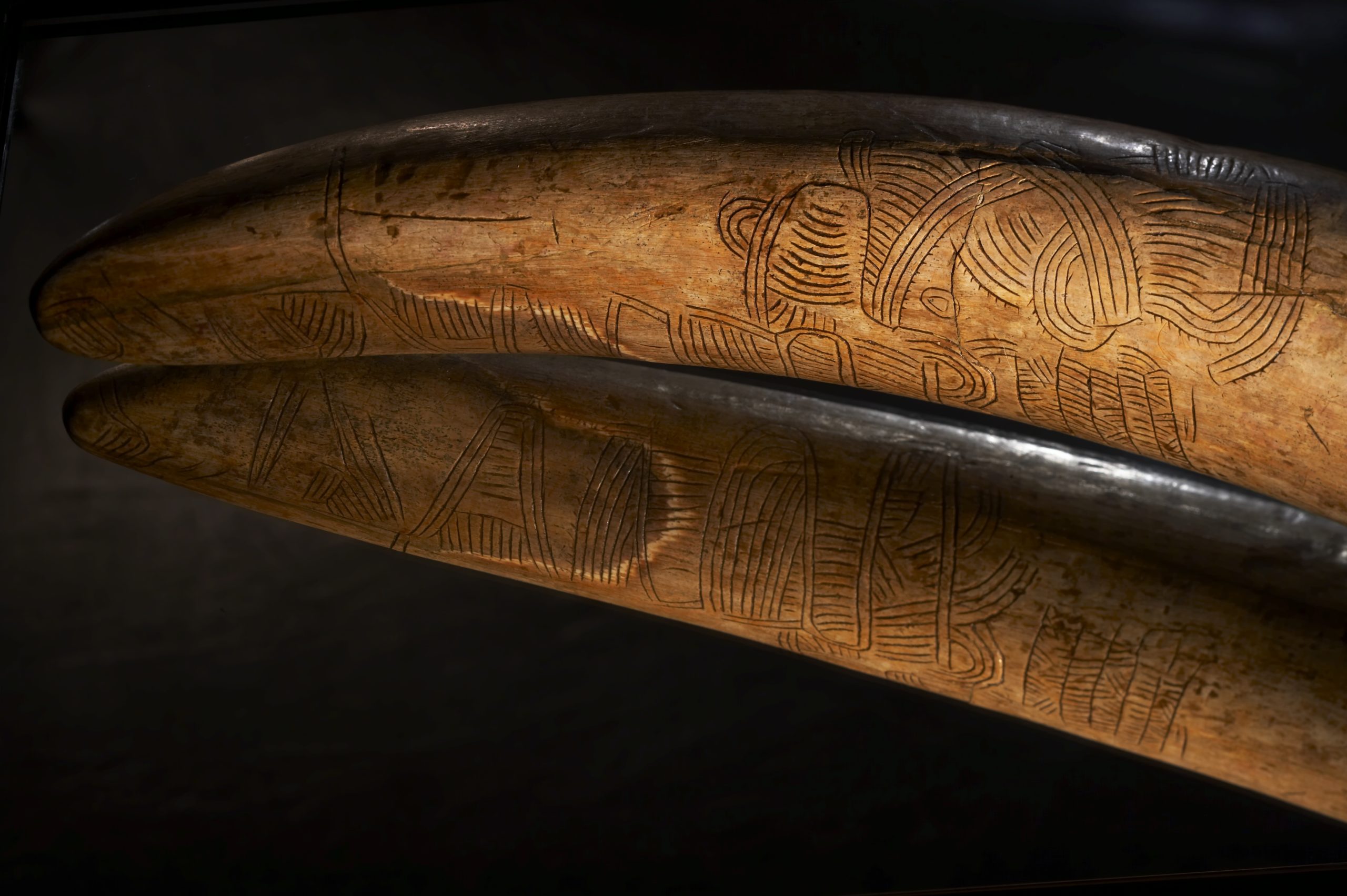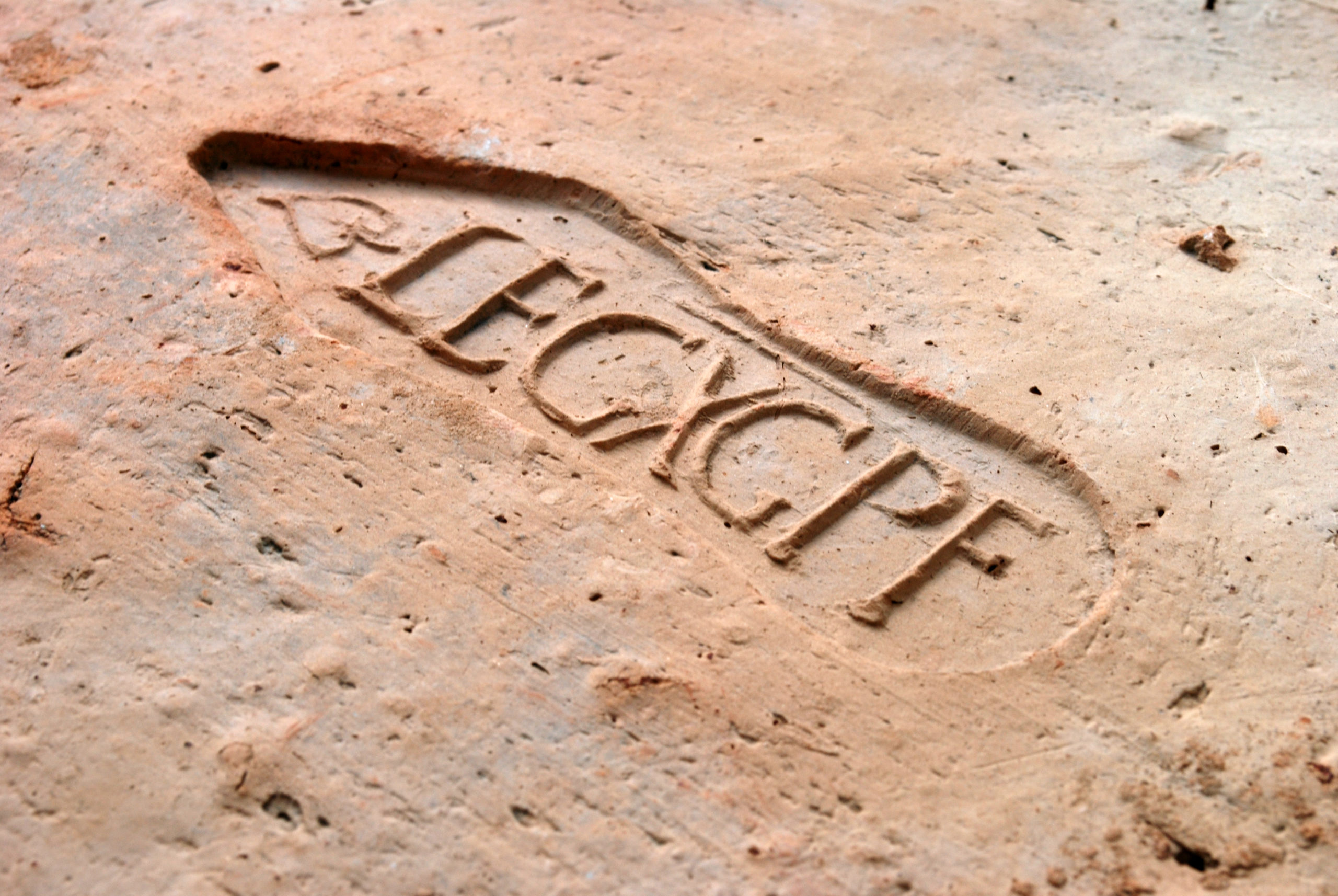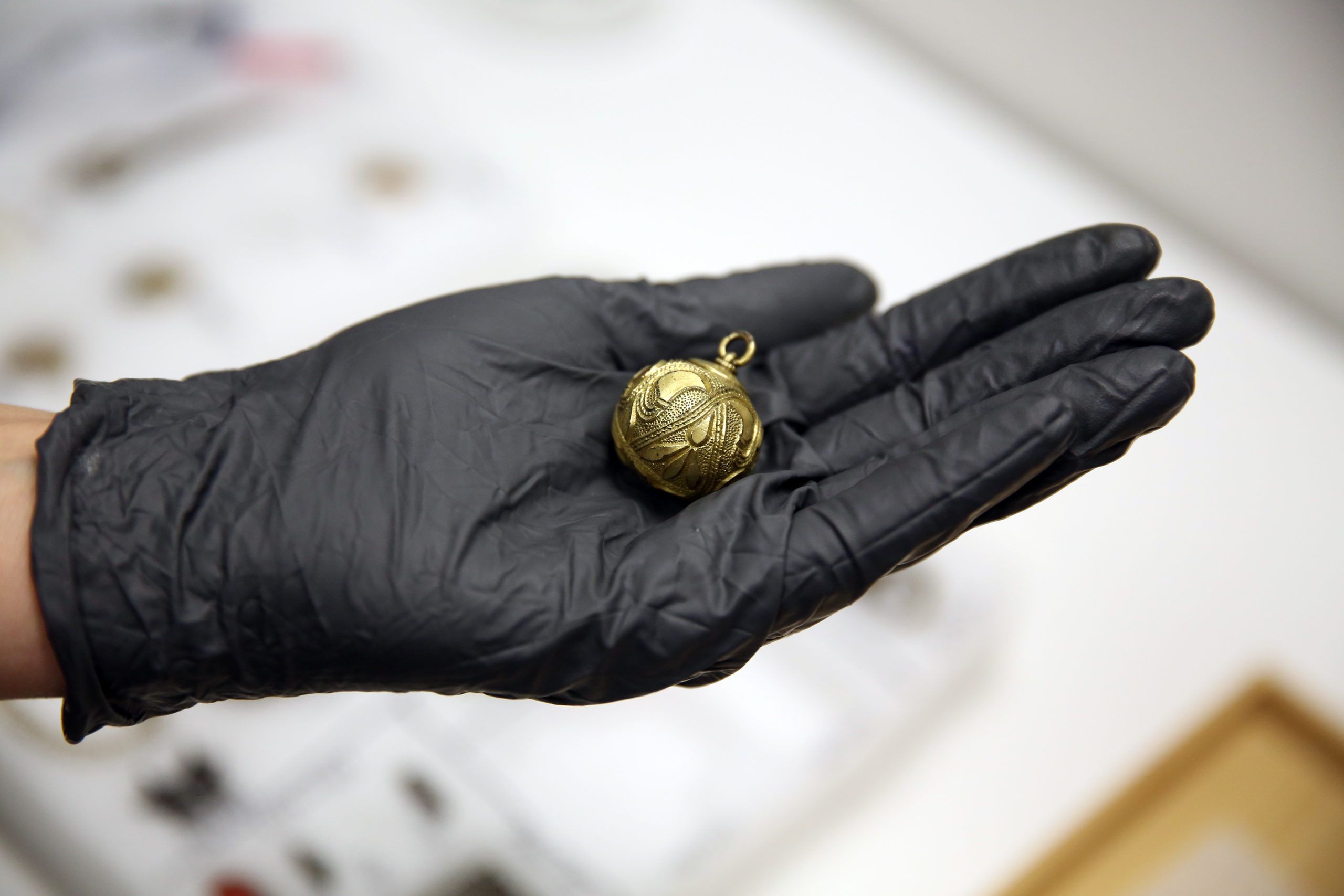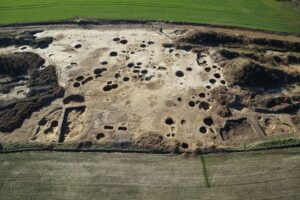Warfare
In connection with the general long-term research of the medieval elites and central agglomerations conducted within the Centre for Slavonic and Medieval Archaeology, there is an increased focus on a more in-depth study of fortified settlements. Throughout the Middle Ages, there were not only the residences of the contemporary elites but also the centres of political and military life. As a result, they were the primary targets of military action, which means that the settlement areas often became areas of conflict.
Attention is also focused on this area of interest regarding the studied participation of Old Hungarians in the collapse and fall of Great Moravia and the closely related crisis of statehood in the late 9th and early 10th centuries. This is in addition to a set of key questions connecting the creation of a complex image of Moravia and Silesia in the 10th and 11th centuries, the period immediately following the collapse of Great Moravian structures and the emergence of the Přemyslid Principality.
Among the best-examined sites, it tends to be castles that provide the most relevant information for formulating broader historical-archaeological conclusions concerning the prospective continuity, renovation and emergence of new political and settlement units and structures. It has resulted that far from being a dead zone, Moravia was an area slowly recovering from the tragic events following the collapse of Great Moravia and that the creation of its ties to Přemyslid Bohemia was a gradual process in terms of time and territory.
The research topics include narrowly focused questions concerning the building and construction phenomenon of fortifications, whose modernisation has always been closely connected with the development of military dynamics and mechanics. Increased attention has also long been paid to the issue of the transformation of earlier fortified settlements into high medieval castles and to the material culture monuments from these residences. This strengthens our general knowledge of the early and high medieval material culture and, at the same time, tells us more about the living standard of the contemporary elites.
The military function of fortified settlements is closely connected with another area of research that focuses on a detailed examination of medieval and early modern war gear and the general evidence of warfare in material culture. One of the segments developed within this activity, which has generally been neglected in this country, is battlefield archaeology where the main emphasis is on medieval battlefields and the disappearance of human settlements due to war events. From the global perspective, military action can be regarded as a factor that destabilises society. A confrontation of archaeological and written sources may potentiate their information value and focus the attention on the issue of the impact that military conflicts had on contemporary society. By comparing several such defined cases, more or less distant temporarily, we can establish points of contact that may be the cause or the consequence of conflict events. Such targeted research is assumed to bring about a shift from the basic chrono-typological and technological conception of primary sources (especially war gear) to their broader interpretive possibilities in relation to social changes.
The basic research objective is an archaeological-military-historical analysis of selected types of sources (war gear, fortified settlements) for the study of medieval warfare and military conflicts in the 9th to mid-17th centuries. The main emphasis is placed on the 14th and 15th centuries when Moravia became the scene of intensive military conflicts during the margravial, Hussite and Czech-Hungarian wars. War gear is often the almost exclusive or the most frequent type of evidence of military conflicts. The detailed study of this contributes to their basic typological and chronological classification.
Together with the study of the production process, it makes it possible to discuss, for example, the issues of the intensity of human contacts (production centres, distribution models) or the sources of cultural influences and impulses in the domestic setting (e.g. the influence of Western and Eastern production traditions on arms and equipment, technological innovations). We also study the transformations of the semantic and symbolic significance of the individual types of armour and weapons, which to a certain level reflect deeper changes in contemporary society. By setting this basic information in a historical context and area, even “ordinary” artefacts can tell us much about issues such as the localisation of areas of conflict, the disappearance of human settlements and the transformation of the cultural landscape as a consequence of war events.
The basic objectives are achieved by partial steps that include the following:
– Ongoing inventory and analysis of existing and newly acquired information concerning selected medieval and early modern war gear known from archaeological contexts and collections.
– Material and technological analyses of selected artefacts aimed at determining the construction, materials and heat treatment methods used as precisely as possible. The results make it possible to resolve partial issues such as the spread of technological innovations, the manifestations of the increased production of armour and weapons before and during a military conflict or any qualitative degradation occurring as a consequence. The assumed technological processes are verified by experimental production, processing and testing of test samples, which also enables the study of period metalworking and decorative techniques.
– Basic research of historically documented and localised medieval battlefields with the emphasis on the Moravian, Silesian and Bohemian milieu using both written and archaeological sources (e.g. temporarily homogeneous assemblages of weapons found close to a presumed military conflict). These have a high information value, especially from the time of the Hussite and Czech-Hungarian wars.
– Evaluation of assemblages of metallic artefacts from selected medieval fortified settlements whose time of origin and demise are safely known.
The issues of war gear and fortified settlements as an important archaeological record for the study of medieval warfare and conflicts in the Czech Republic are gradually presented based on the defined objectives.
The presumed outcome is the summary of the acquired archaeological material and its interpretive potential for the study of military conflicts set in the historical context and the landscape, and the impact on the formation, or in this case more likely the destabilisation of the settlement network and political structures.

